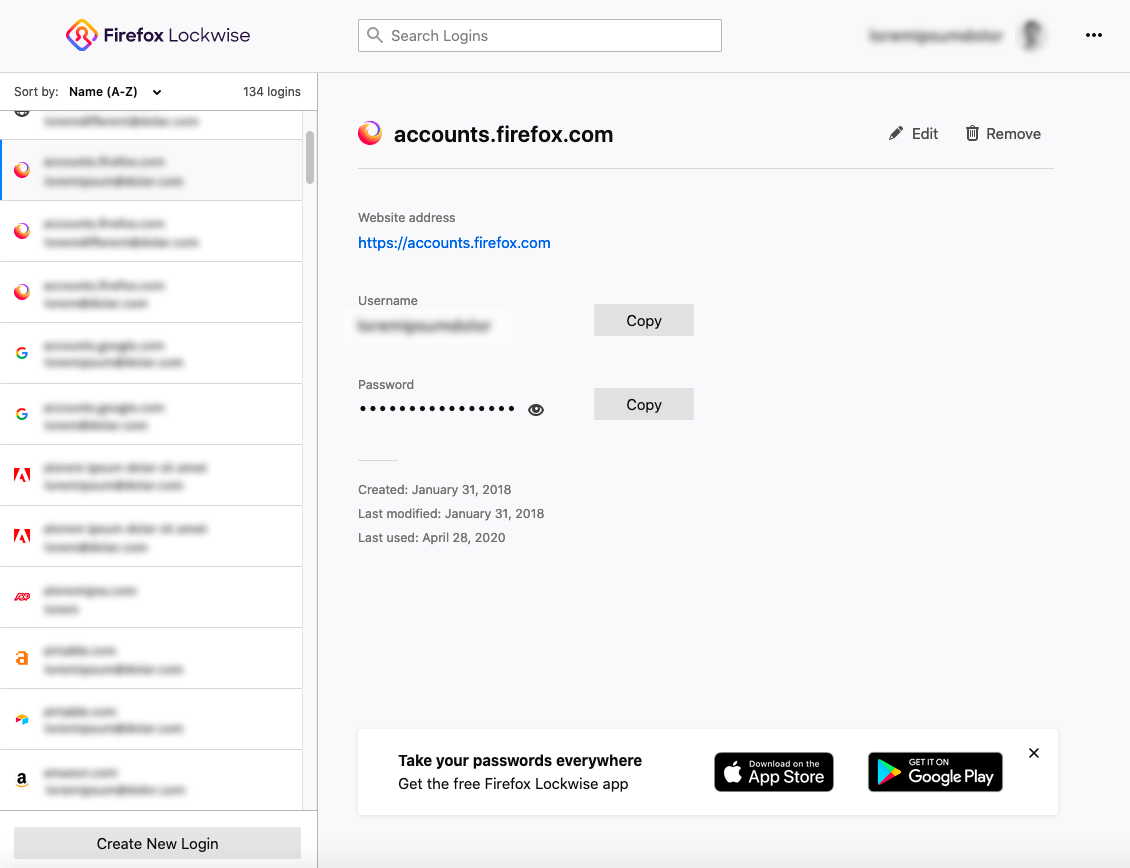

- #A list of usernames and passwords for networks how to
- #A list of usernames and passwords for networks verification
- #A list of usernames and passwords for networks code
- #A list of usernames and passwords for networks password
#A list of usernames and passwords for networks how to
Not to worry: we provide our list of the top seven methods and our suggestions on how to defeat them. To better improve your identity and access management, you need to understand these methods.
#A list of usernames and passwords for networks password
The user receives a push notification that takes them to the app, where they can verify whether or not they attempted to access a service that is connected to the app.Distressingly, hackers possess several password attack methods to circumvent your enterprise single-factor authentication. Push notifications: This passwordless authentication process involves using authenticator apps, such as FortiAuthenticator and Google Authenticator.They are then sent an email that contains a link they need to click to confirm their identity. Magic links: This type of passwordless authentication involves users entering their email address into a login box on an app or service.
#A list of usernames and passwords for networks code
A one-time code (OTC) or one-time password (OTP) will be sent to their email address or mobile device, and they must input the same code on the original device to verify their identity.

Not only do people tend to use weak passwords that they can remember, but they also recycle these logins across multiple accounts. While protecting user accounts with strong, unique passwords is extremely necessary, it is increasingly crucial for organizations to look beyond login credentials and go passwordless. Other services that commonly require login credentials are online banking services, which typically require a username and password combination and two-factor authentication (2FA) to confirm the user’s identity.
#A list of usernames and passwords for networks verification
Devices like computers, laptops, and mobile phones also require users to log in with a username and password or personal identification number (PIN) code, commonly alongside a biometric verification like a fingerprint. However, they can be combined with more secure authentication tools and biometric elements to confirm user identities with a greater degree of certainty.Ĭommon examples of login credentials are the username and password combinations used for logging in to social media services like Facebook, Google, and Instagram, as well as collaboration tools like Microsoft Teams, Slack, and Zoom. User credentials are typically a username and password combination used for logging in to online accounts. Login credentials enable users to log in and verify their identities to online accounts on the internet.


 0 kommentar(er)
0 kommentar(er)
